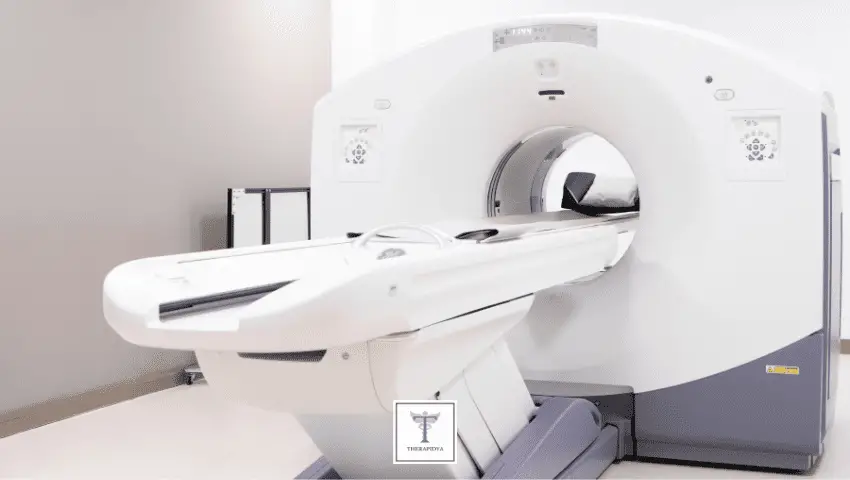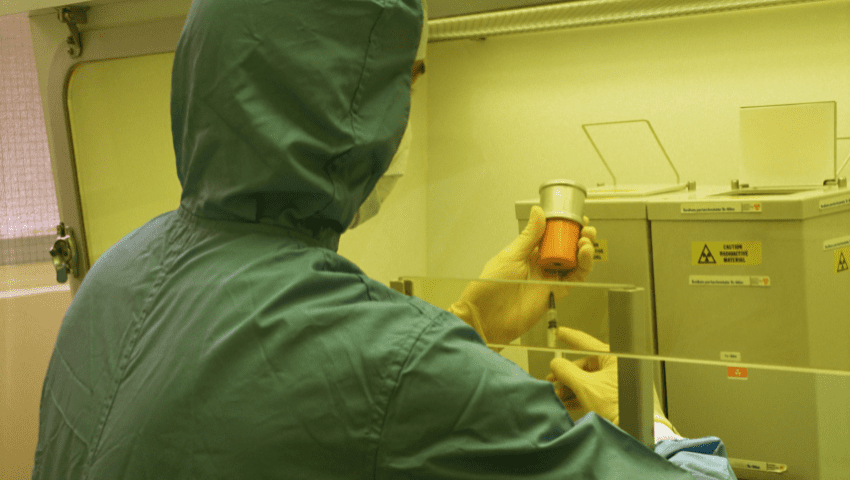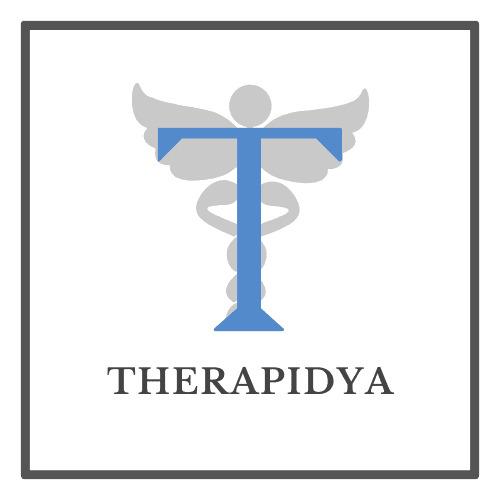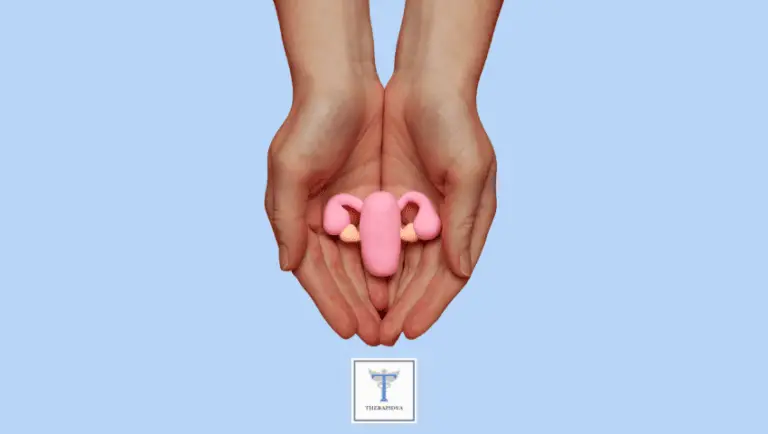Uses of Nuclear Energy in Medicine .. Your Full Guide 2023
In this article you will find anything you need to know about nuclear energy in medicine. Nuclear medicine is a branch of medicine in which a small amount of radioactive nuclear materials can be used to diagnose or treat various diseases, the most common of which are cancer, heart disease, digestive problems, endocrine problems, neurological problems, and others.
Nuclear medicine examination of the body and organs is very accurate, allowing doctors to detect disease in its early stages and revealing whether the body responds to treatment or not. [1]

Uses of Nuclear Energy in Medicine
Nuclear energy and nuclear radiation are used in medicine for a variety of purposes, as nuclear energy not only provides diagnostic information about specific organs in the human body or treats diseases such as cancer, but it can also be used in other medical fields such as sterilizing medical equipment, and doctors perform more than 40 procedures with nuclear energy and nuclear radiation.
Every year, one million nuclear medicine procedures are performed, and the demand for nuclear energy in medicine is growing at a rate of 5% per year. [2]
The following are some of the most important applications of nuclear energy in medicine:
Diagnoses of Illnesses with Nuclear Energy
Nuclear energy is used to diagnose various diseases in the body, whether through radioactive absorption of nuclear materials or imaging, in which doctors image parts of the body or determine the density of tissues using nuclear radiation, and there are many imaging devices that use nuclear energy, such as dental imaging devices and bone mineral analysis devices, among others. [3]
There is also positron emission tomography (PET), which uses nuclear energy to track the activity of cells and the work of organs, detects cell damage, and can diagnose heart disease, Alzheimer’s disease, and brain disorders. Acquiring accurate information about cancerous tumors in order to determine the most effective treatment. [4]
Also read:Skin Scars
Treatment of Disease with Nuclear Energy
Nuclear energy can also be used to treat certain diseases, particularly cancer, and to relieve pain by administering doses of nuclear materials and directing them to specific areas of the body. [3]
Radioactive iodine therapy and brachytherapy, a type of radiotherapy in which a source of radiation is directed into or near the area to be treated, are two common applications of nuclear energy therapy. [4]
Carrying Out Medical Research
Nuclear energy can be used in medical research to monitor human response to treatment or to determine the safety and efficacy of new radioactive drugs or devices, but only under specific conditions and with specific licenses. [3]
Risks of Nuclear Medicine

Although nuclear energy techniques can kill or damage cancer cells or damaged cells, and help reduce the size of tumors and pain, this does not negate the existence of some risks from its use in treatment, such as:
- Skin redness
- Hair loss
- The possibility of developing cancer later in life
- Release small amounts of radiation immediately after exposure to treatment
References
- “General Nuclear Medicine”, radiologyinfo, Retrieved 10/1/2022. Edited.
- “Radioisotopes in Medicine”, world nuclear, Retrieved 10/1/2022. Edited.
- “Medical Uses of Nuclear Materials”, nrc, Retrieved 10/1/2022. Edited.
- “Radiation in Healthcare: Nuclear Medicine”, cdc, Retrieved 10/1/2022. Edited.
This post is also available in: Dansk (Danish) Nederlands (Dutch) Français (French) Deutsch (German) עברית (Hebrew) Italiano (Italian) Polski (Polish) Română (Romanian) Русский (Russian) Türkçe (Turkish) Español (Spanish) Български (Bulgarian) Ελληνικά (Greek) Magyar (Hungarian) Português (Portuguese (Portugal))





